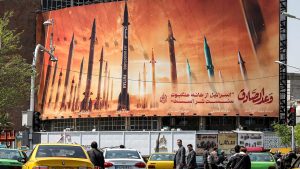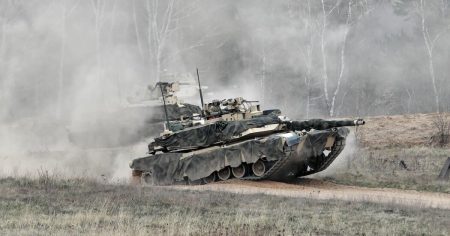Donald Trump has grounds to sue New York Attorney General Letitia James for violating his civil rights, according to political commentator Deroy Murdock. A New York appeals court agreed to delay the collection of Trump’s $454 million civil fraud penalty while he appeals the court’s decision. In February, a judge ruled that Trump had filed fraudulent financial statements to secure favorable terms from lenders. The delay in payment means James’ office cannot seize Trump’s properties at this time. Murdock suggests Trump should sue James over comments she made in 2018, which he believes were discriminatory and violate the 1964 Civil Rights Act.
Murdock argues that James’ comments about the “too male, too pale, too stale” Trump administration could be construed as race and sex discrimination. He believes that since James’ office receives federal money for law enforcement activities, she could be held accountable under the Civil Rights Act if engaged in discriminatory behavior. Trump has accused James of conducting a “racist” and politically motivated investigation into him. Murdock suggests that Trump has nothing to lose by suing James and demanding justice under the Civil Rights Act, which would be an “ultimate man-bites-dog story” in America.
Trump has frequently criticized Fox News for its coverage of the New York civil fraud case, accusing the network of not discussing the alleged corruption in the case. He has also criticized the judge’s $450 million fine and accused the judge of undervaluing his property in order to push a false narrative. Trump expressed his dissatisfaction with the reporting on his social media platform, Truth Social, prior to the original deadline to pay the cash bond to stop James from seizing his assets. His remarks came as Murdock suggested he should sue James for violating his civil rights, signaling a potential legal battle between the former president and the New York Attorney General.
The delay in the collection of Trump’s civil fraud penalty has given him an opportunity to challenge the court’s decision and explore legal actions against Letitia James. The suggestion to sue James for violating his civil rights has sparked interest in the potential legal battle between the former president and the New York Attorney General. With Trump’s history of filing lawsuits and challenging legal decisions, it remains to be seen how this situation will unfold and what impact it may have on the ongoing investigations into his financial dealings. James’ office and Trump’s legal team have yet to comment on these developments, leaving room for speculation and anticipation regarding the outcome of this potential legal showdown.
















